Unfolding "Die große #BASIC Referenztabelle der 51 Dialekte" - a chart that compares 51 different BASIC dialects, published in 1984:
(Get your own copy: https://www.ebay.com/itm/276431614056)
#Tag
Unfolding "Die große #BASIC Referenztabelle der 51 Dialekte" - a chart that compares 51 different BASIC dialects, published in 1984:
(Get your own copy: https://www.ebay.com/itm/276431614056)
The latest prototype of my tiny BASIC interpreter can save programs in CCITT-2 encoding, so it can in theory write programs to 5-channel paper tape. I have a paper tape punch, but it has an RS530 interface, so I need a converter to RS232, which seems to be hard to come by these days. I bought a used one that is supposed to be in "good working condition", but comes without any documentation. Why am I even doing this? :)
#retrocomputing #papertape #baudot #BASIC
I finally received my PicoCalc yesterday. I’ve installed the included pico and tried out a simple basic program.
Now it’s time to start modifying it. I’m going to upgrade to a Pico 2W, and try out the python firmware.
After that I’m going to try compiling a Rust program for it.
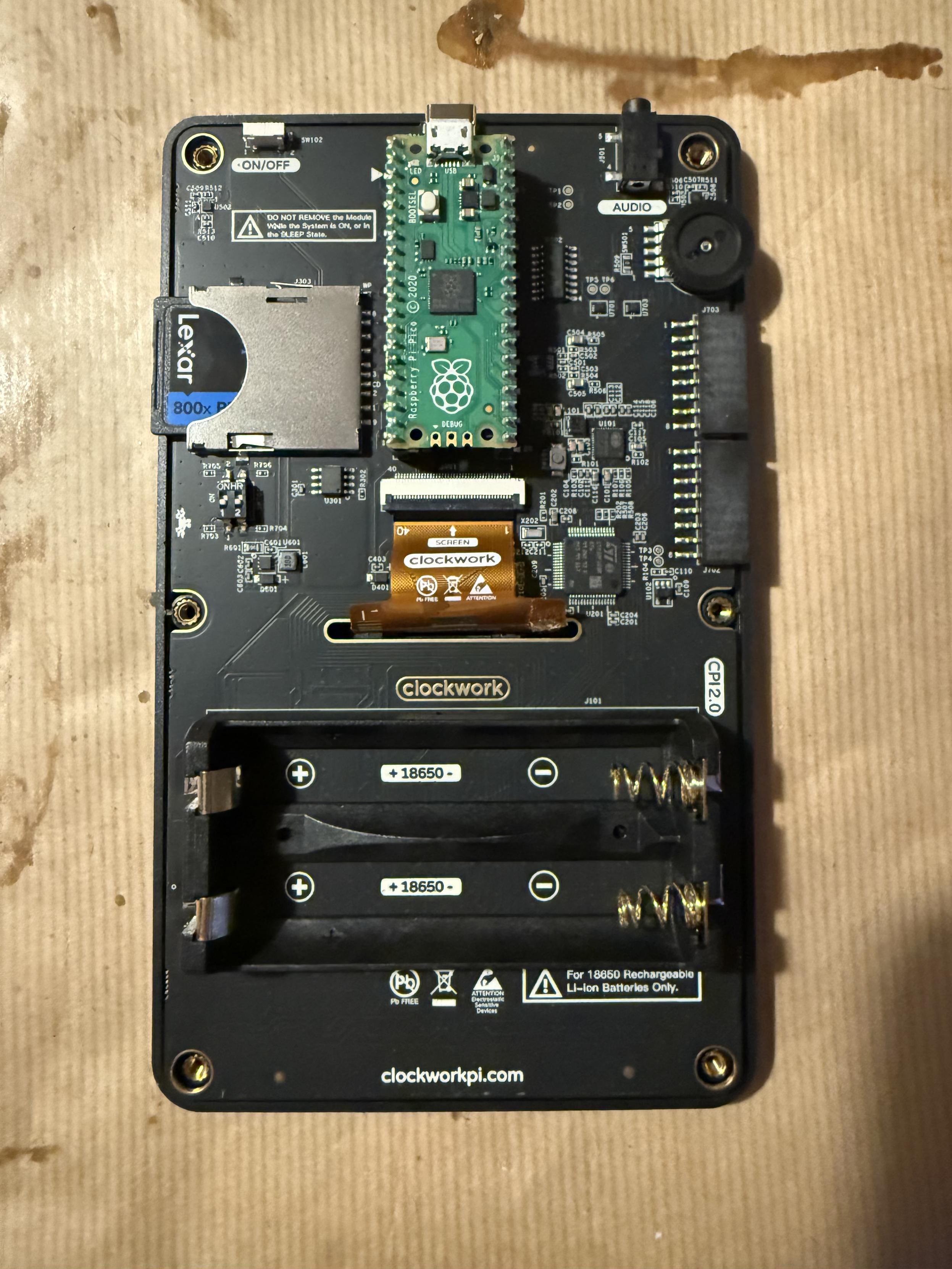
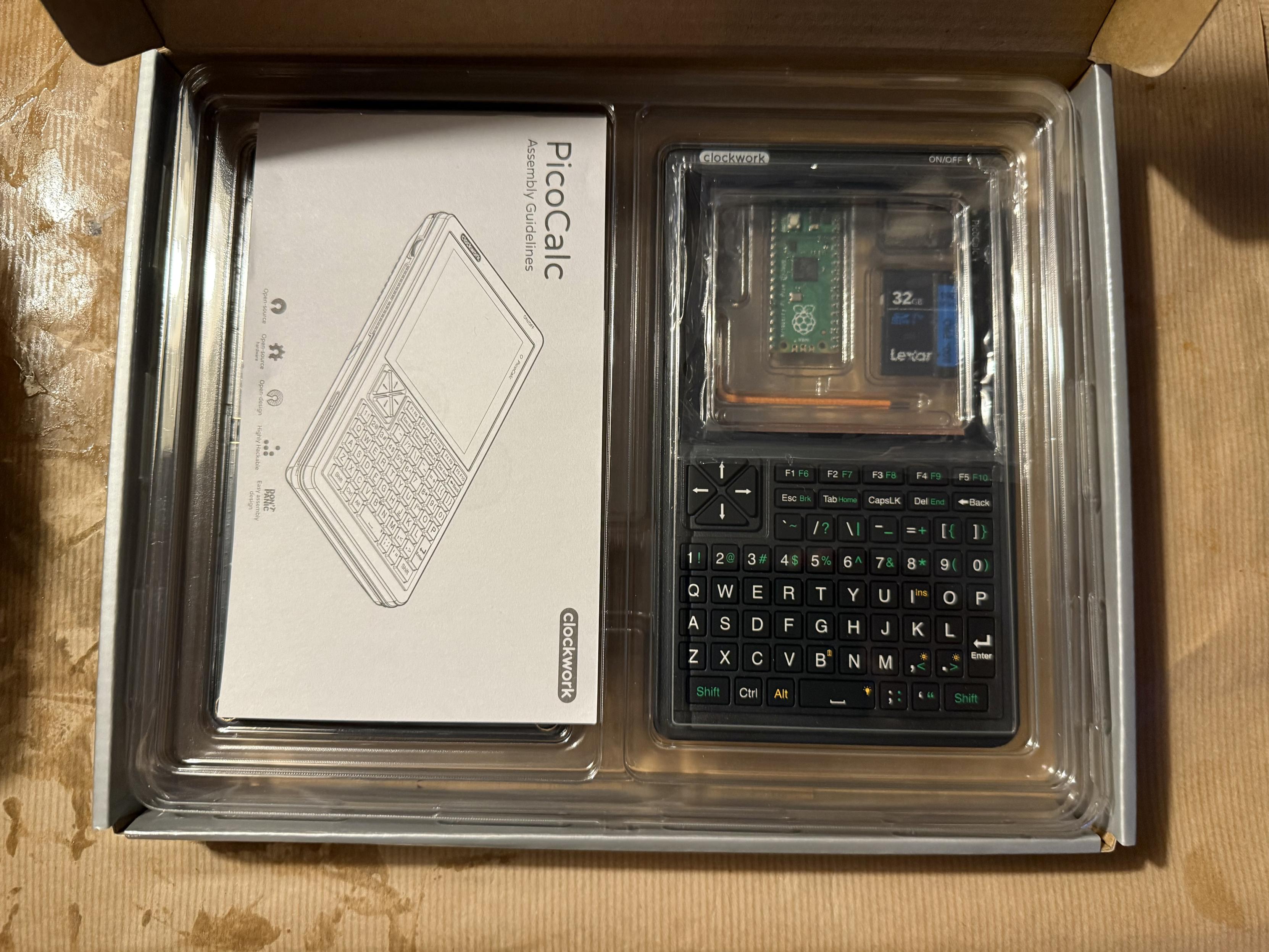
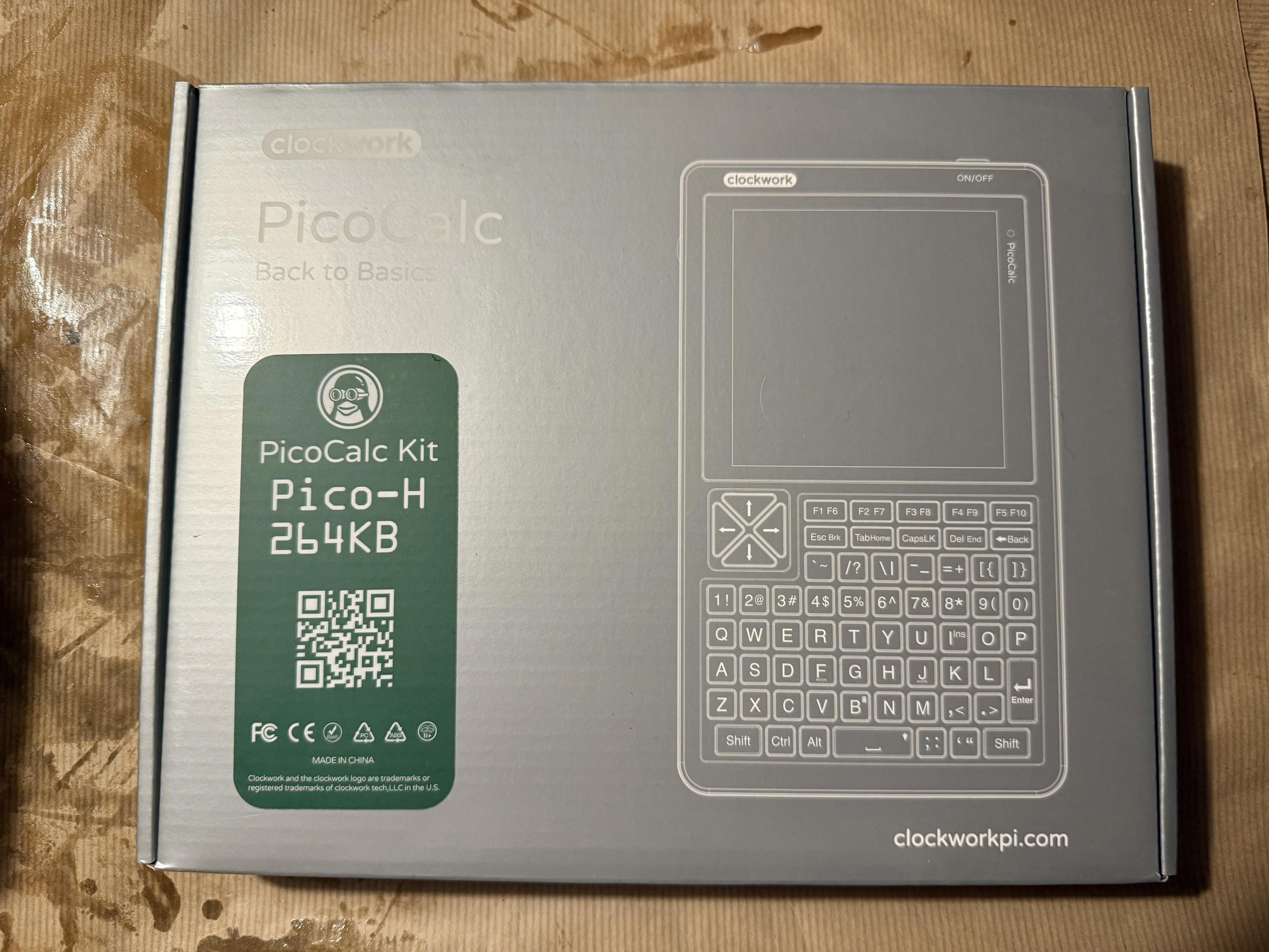
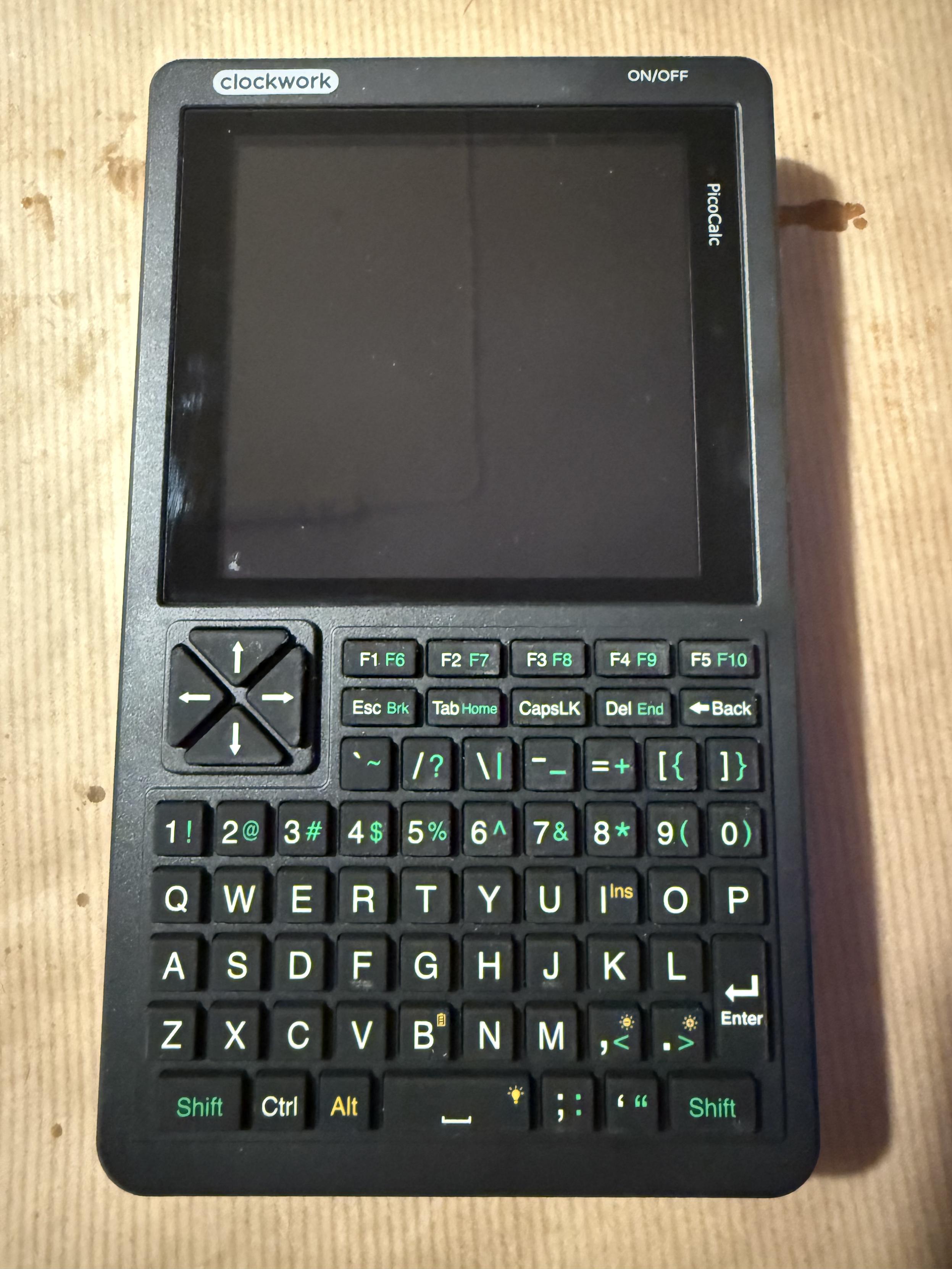
I finally received my PicoCalc yesterday. I’ve installed the included pico and tried out a simple basic program.
Now it’s time to start modifying it. I’m going to upgrade to a Pico 2W, and try out the python firmware.
After that I’m going to try compiling a Rust program for it.




@screwlisp you'll have seen @bbcmicrobot
«
👾 Runs your toots on an #8bit computer emulator. Amazing what people create in 512 bytes of code!
🟢 Post with #bbcmicrobot to get a reply. Please include a title in the CW
🖼 See gallery at https://www.bbcmicrobot.com
Also building a #WebXR beeb at https://virtual.bbcmic.ro
This account is all about #bbcmicro #basic #1980s #creativeCoding #retrocomputing #arm
Created by @DominicPajak
»
@screwlisp you'll have seen @bbcmicrobot
«
👾 Runs your toots on an #8bit computer emulator. Amazing what people create in 512 bytes of code!
🟢 Post with #bbcmicrobot to get a reply. Please include a title in the CW
🖼 See gallery at https://www.bbcmicrobot.com
Also building a #WebXR beeb at https://virtual.bbcmic.ro
This account is all about #bbcmicro #basic #1980s #creativeCoding #retrocomputing #arm
Created by @DominicPajak
»
BASIC Code is a new retrocomputing blog that posts refactored and adapted "40-year-old type-in listings from 80s books and microcomputing magazines".
This past weekend, I had a cold, so I setup my Intellivision and the ECS, along my all-new BASIC interpreter, and I coded 9 games. #retro #retrogaming #intellivision #basic https://forums.atariage.com/topic/385238-i-set-up-a-game-factory-with-my-ecs/
BASIC Code is a new retrocomputing blog that posts refactored and adapted "40-year-old type-in listings from 80s books and microcomputing magazines".
the people's permacomputer project is crowdfunding AUD$500 for some prototypes, which backers will receive.
https://igg.me/at/HTkxQoJqy6U/x/35340446#/
please boost and share around.
#crowdfunding #mutualaid #permacomputing #retrocomputing #retro #esp32 #tinybasic #basic
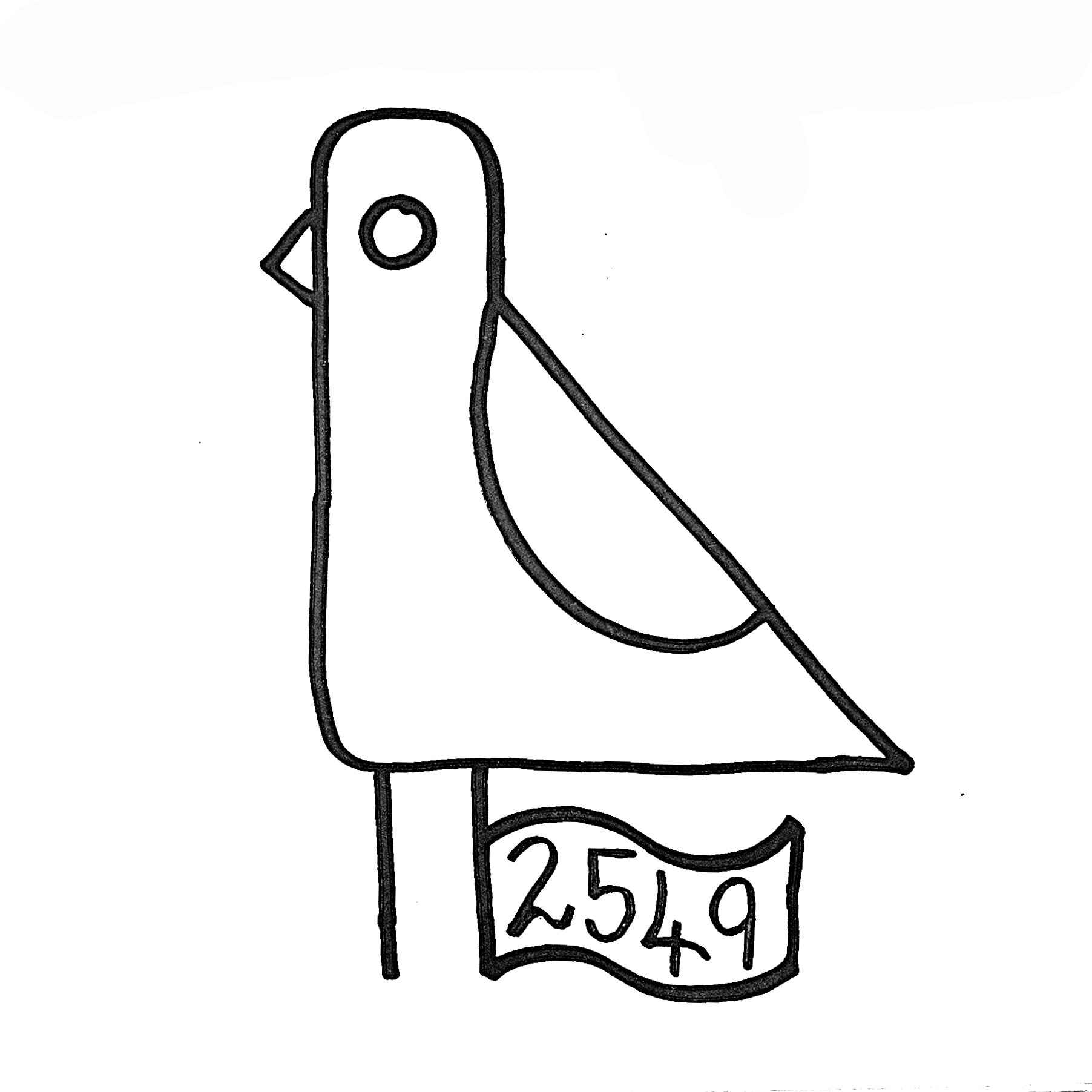
![the text editors written in BASIC we found in old 70s and 80s magazines.
yes they are type-ins.
yes some are over 350 lines long.
[sweating emoji]](https://retro.social/system/media_attachments/files/115/294/475/374/446/941/original/2d06c7e13f32739b.png)
the people's permacomputer project is crowdfunding AUD$500 for some prototypes, which backers will receive.
https://igg.me/at/HTkxQoJqy6U/x/35340446#/
please boost and share around.
#crowdfunding #mutualaid #permacomputing #retrocomputing #retro #esp32 #tinybasic #basic

![the text editors written in BASIC we found in old 70s and 80s magazines.
yes they are type-ins.
yes some are over 350 lines long.
[sweating emoji]](https://retro.social/system/media_attachments/files/115/294/475/374/446/941/original/2d06c7e13f32739b.png)
It is nice when a program's author leaves a source comment with well-wishes for future readers, and they are received almost 50 years later.
https://archive.org/details/dr_dobbs_journal_vol_01/page/n143/mode/1up
Forgot to thread this: https://oldbytes.space/@psf/115285802359299755
#MailStation #TinyBasic program of the day: Hangman!
I wanted something that would exercise my hacked-in "strings" support. Seems to work well enough for a word game!
Source listing (21 lines): https://gitlab.cs.washington.edu/fidelp/mailstation_apps/-/blob/master/basic/hangman.bas
Looking at Line 5-10 of this #Basic Star Trek listing confused the heck out of me. This listing was written by Li-Chen Wang for use in his own #TinyBasic.
https://archive.org/details/1976-07-peoples-computer-company/page/22/mode/2up?view=theater
Here is the confusing part, expanded out to multiple lines and modern syntax for the benefit of today's readers.
Y=2999
INPUT "DO YOU WANT A DIFFICULT GAME? (Y OR N)",A
IF A=Y THEN Y=999
Without support for string input, how the heck can the program accept "Y or N" from the user?
Answer: In this dialect, INPUT accepts not just numbers, but expressions. Single characters (A-Z) are valid expressions and evaluate to the value in that variable. So in this program, typing "Y" sets A=2999 and typing "N" sets A=N (some uninitialized value). Then the next line checks A=Y (true if user entered "Y") and, if so, sets Y to 999 ("difficult game" value). Else, Y is left at 2999 ("easy game" value).
Li-Chen is absolutely some kind of genius.
The funniest part here is that the magazine editors also got confused by this in 1976. "Hey, for this program to work, this #BASIC must have a 1-character mini string type!" No, no strings, the author just knows his language and is squeezing every ounce of expressiveness out of it.
It is nice when a program's author leaves a source comment with well-wishes for future readers, and they are received almost 50 years later.
https://archive.org/details/dr_dobbs_journal_vol_01/page/n143/mode/1up
Looking at Line 5-10 of this #Basic Star Trek listing confused the heck out of me. This listing was written by Li-Chen Wang for use in his own #TinyBasic.
https://archive.org/details/1976-07-peoples-computer-company/page/22/mode/2up?view=theater
Here is the confusing part, expanded out to multiple lines and modern syntax for the benefit of today's readers.
Y=2999
INPUT "DO YOU WANT A DIFFICULT GAME? (Y OR N)",A
IF A=Y THEN Y=999
Without support for string input, how the heck can the program accept "Y or N" from the user?
Answer: In this dialect, INPUT accepts not just numbers, but expressions. Single characters (A-Z) are valid expressions and evaluate to the value in that variable. So in this program, typing "Y" sets A=2999 and typing "N" sets A=N (some uninitialized value). Then the next line checks A=Y (true if user entered "Y") and, if so, sets Y to 999 ("difficult game" value). Else, Y is left at 2999 ("easy game" value).
Li-Chen is absolutely some kind of genius.
It is nice when a program's author leaves a source comment with well-wishes for future readers, and they are received almost 50 years later.
https://archive.org/details/dr_dobbs_journal_vol_01/page/n143/mode/1up
Okay, now I have EMIT(n) to turn an ascii code back to a printed character. #MailStation #basic
A space for Bonfire maintainers and contributors to communicate